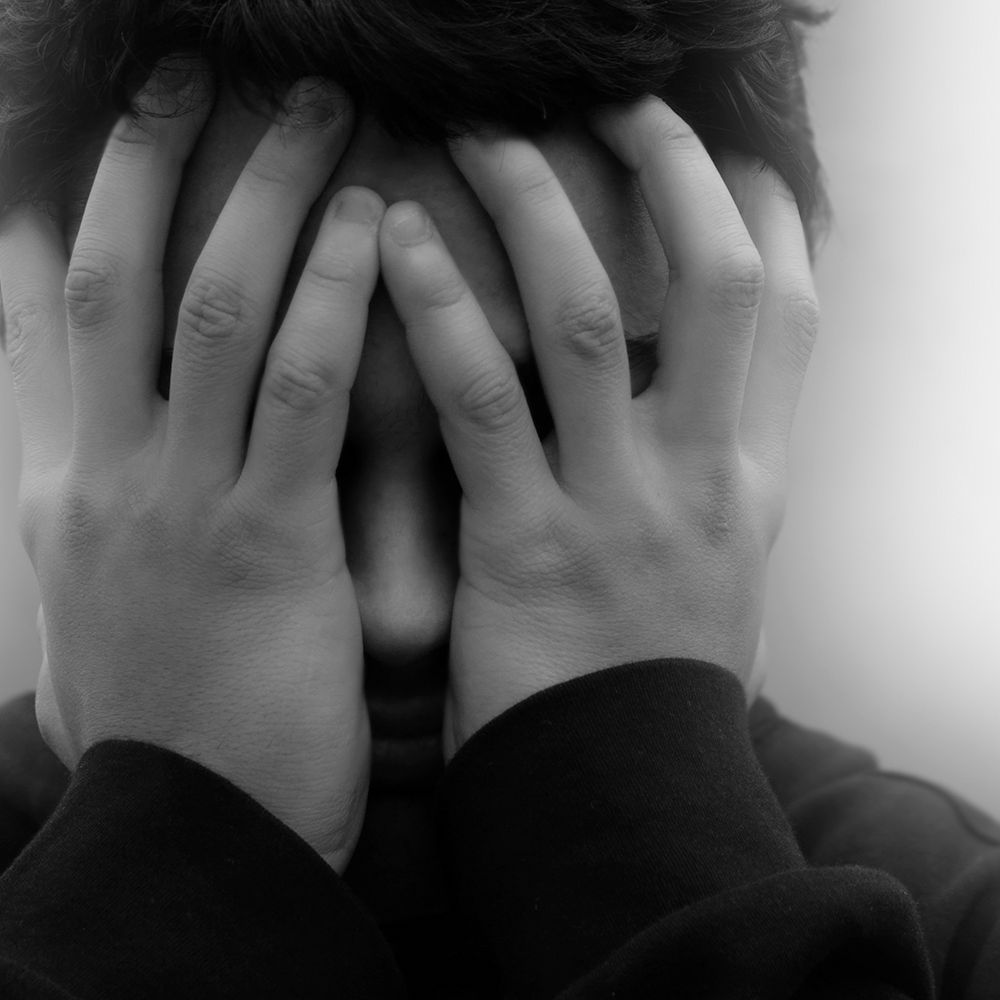News
Article
Psychological Distress in Patients with Cancer Leads to Slower Time Until Treatment
Author(s):
In patients with cancer, psychological distresses such as anxiety and depression are associated with slower time from receiving a diagnosis until the first session of treatment.
Psychosocial distress may delay cancer treatment, recent research showed.

Psychological distress may have a negative effect on treatment timelines for patients with cancer, as reported in a recent study.
A study from the Journal of the National Comprehensive Cancer Network focused on the association between psychological distress and slower time from receiving a diagnosis until the first session of treatment in patients who received care from a safety-net hospital. According to the study, a safety-net hospital is defined as a hospital that provides care to a considerable number of patients by mission or mandate, regardless of a patient’s ability to pay.
The study authors’ primary focus for the study was to identify different psychological distresses that may affect a patient’s days to treatment (DTT), which is the number of days between receiving a cancer diagnosis until the start of treatment. Psychological distress, the authors determined, includes depression, such as hopelessness and apathy, and anxiety, including avoidance and feelings of fear.
Researchers found that anxiety and depression scores and DTT were associated.
“On average, the treatment initiation interval (DTT) was four days longer for patients with significant anxiety symptoms compared with those with- out elevated anxiety,” the authors wrote. “The average interval was four days longer for patients with significant depressive symptoms compared with those without elevated depression.”
The study included a cohort of 96 patients who were screened for psychological distress and were being treated with chemotherapy or chemoradiotherapy (CRT) at a safety-net hospital. Eligible participants received diagnoses for lymphoma, head and neck cancer and solid tumor malignancy after completing definitive surgical removal of the original tumor.
To establish psychological stress in the patients included in the study, the authors used a measurement called the Hospital Anxiety and Depression Scale (HADS). Among the 96 patients in the study, 34% received clinically significant anxiety scores and 15% received clinically significant depression scores based on the HADS.
“In this sample, one in three patients reported anxiety symptoms of at least moderate severity and one in seven reported depressive symptoms of at least moderate severity,” the authors wrote in the study.
The authors determined that the mean DTT was 31 days and there was no significant difference between patients receiving chemotherapy or CRT. Furthermore, the authors found that there was an association between increased DTT and patients who were older in age, had breast and lung cancers and had stage 2 disease.
Conversely, the authors also found an association between decreased DTT and patients who identified as female, Hispanic, a race or ethnicity other than Black or White, received diagnoses of lymphoma, colorectal cancer, gynecologic cancer, had stage 1 disease and Medicaid and Medicare insurance.
Looking ahead, the authors concluded that future studies are necessary. “The observed relationship between distress and treatment timelines is a new finding in a specific population (safety-net), and as such, replication studies using diverse samples and distress measurement tools are needed to determine the prevalence and generalizability of this effect,” wrote the authors. “Patient behavior is the proposed mechanism through which depression and anxiety may be impacting treatment timelines.”
For more news on cancer updates, research and education, don’t forget to subscribe to CURE®’s newsletters here.




